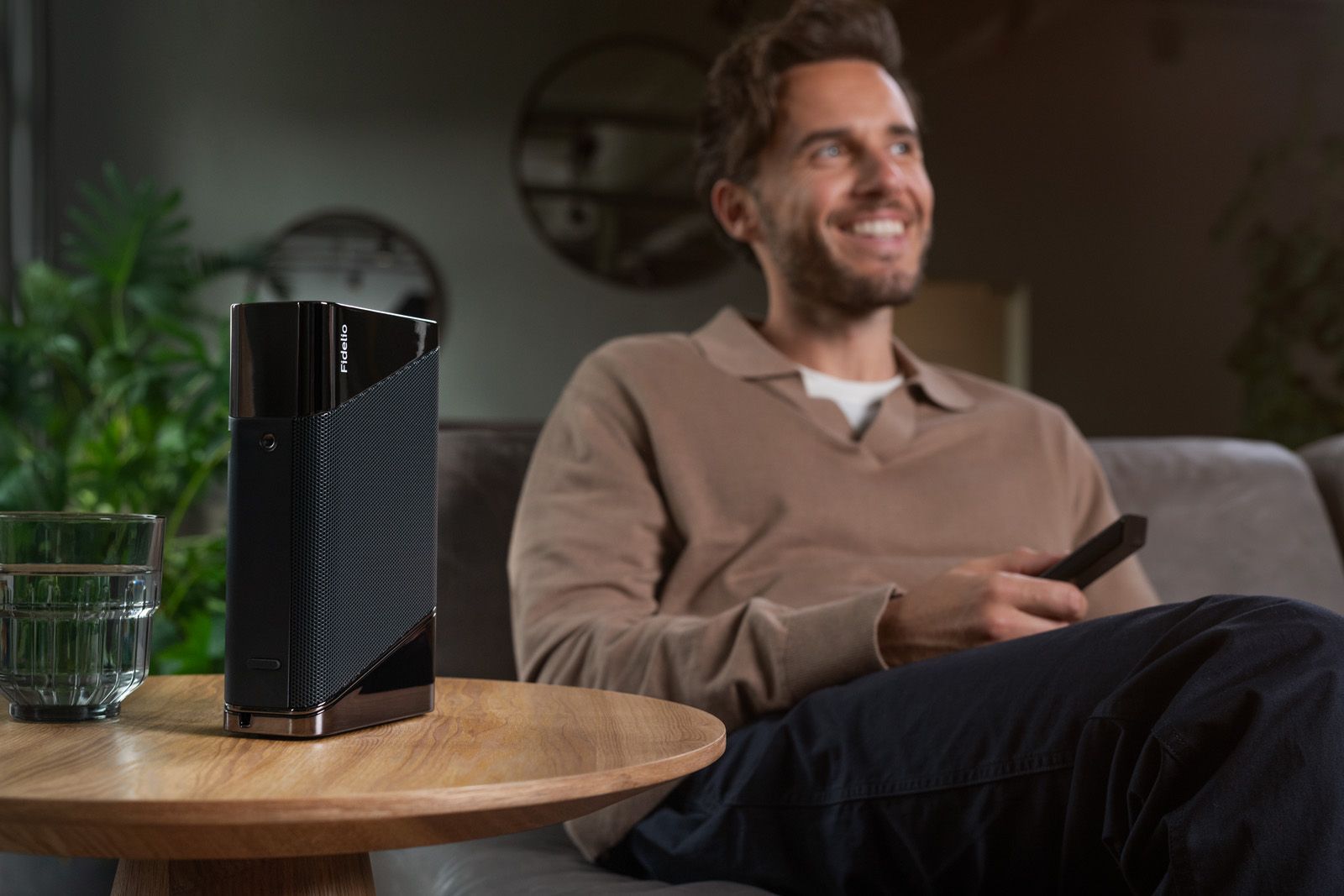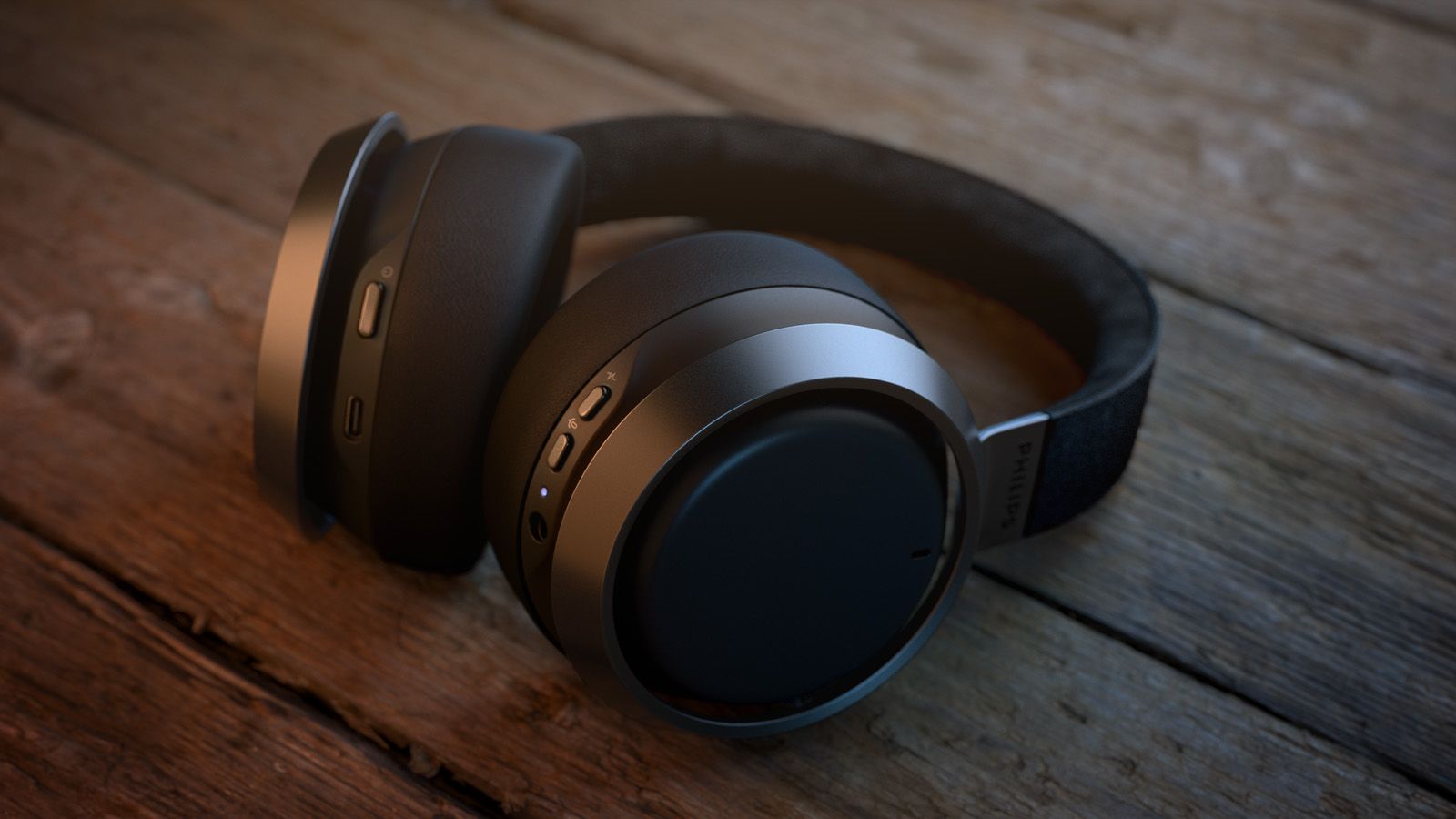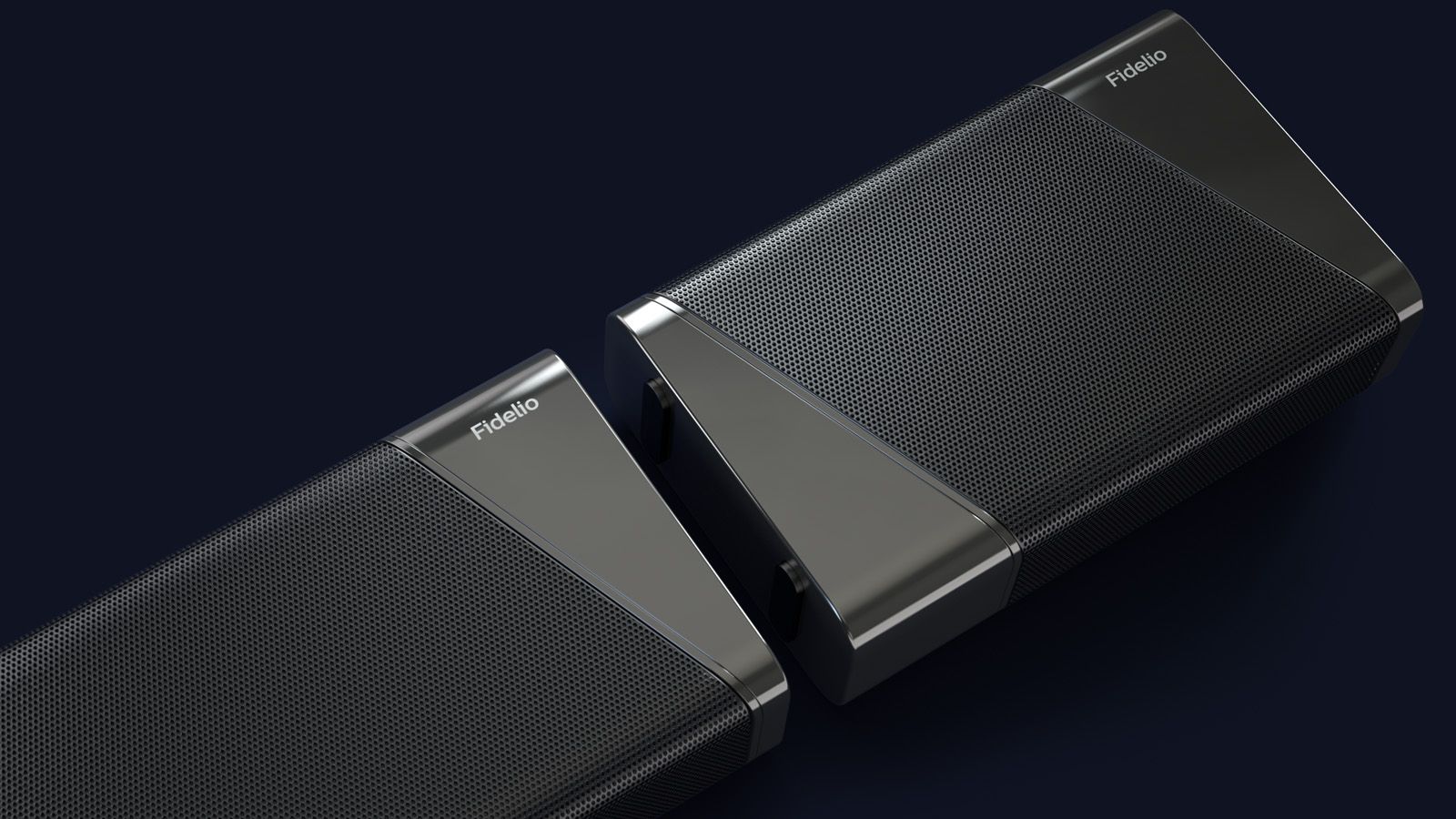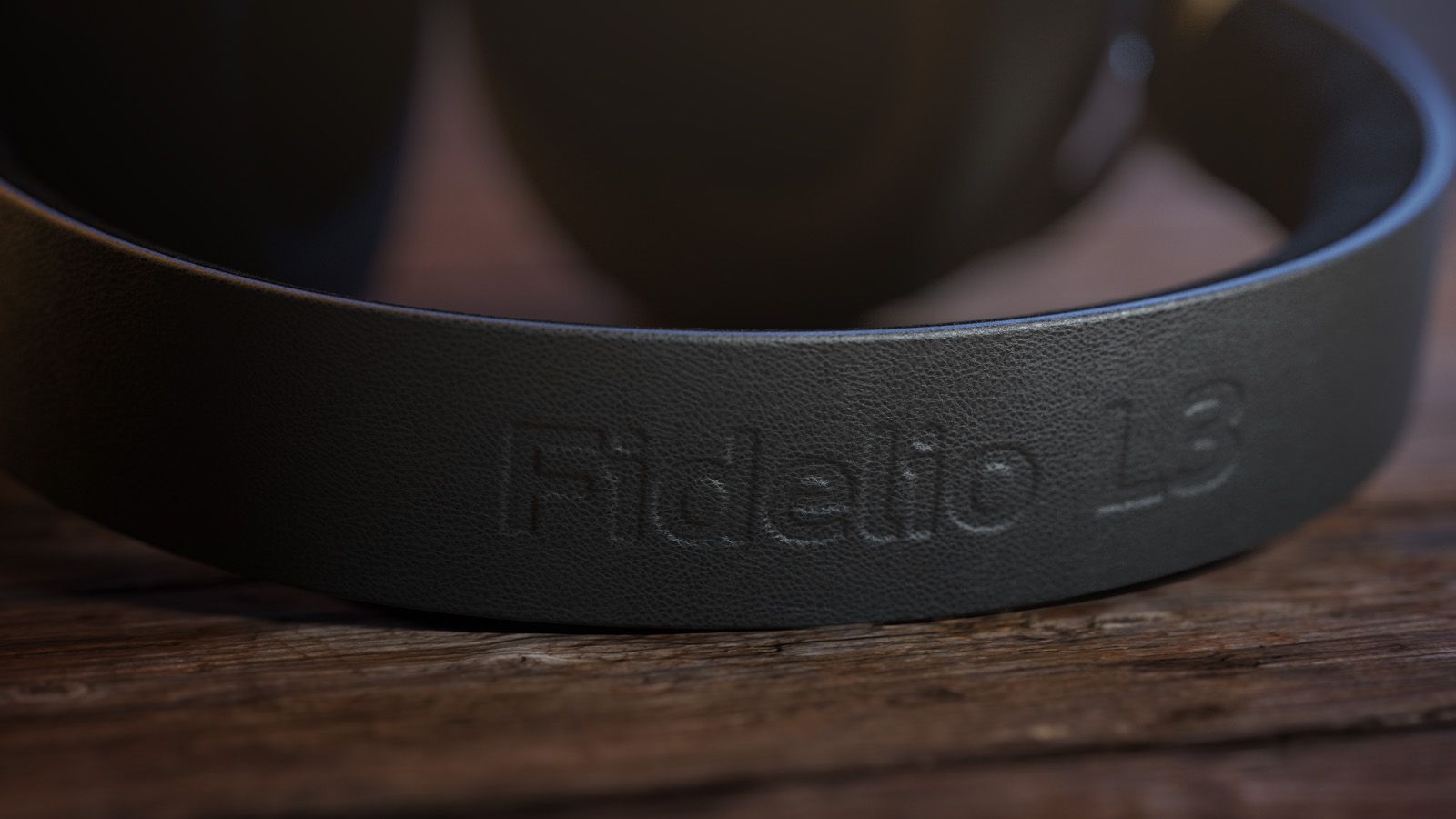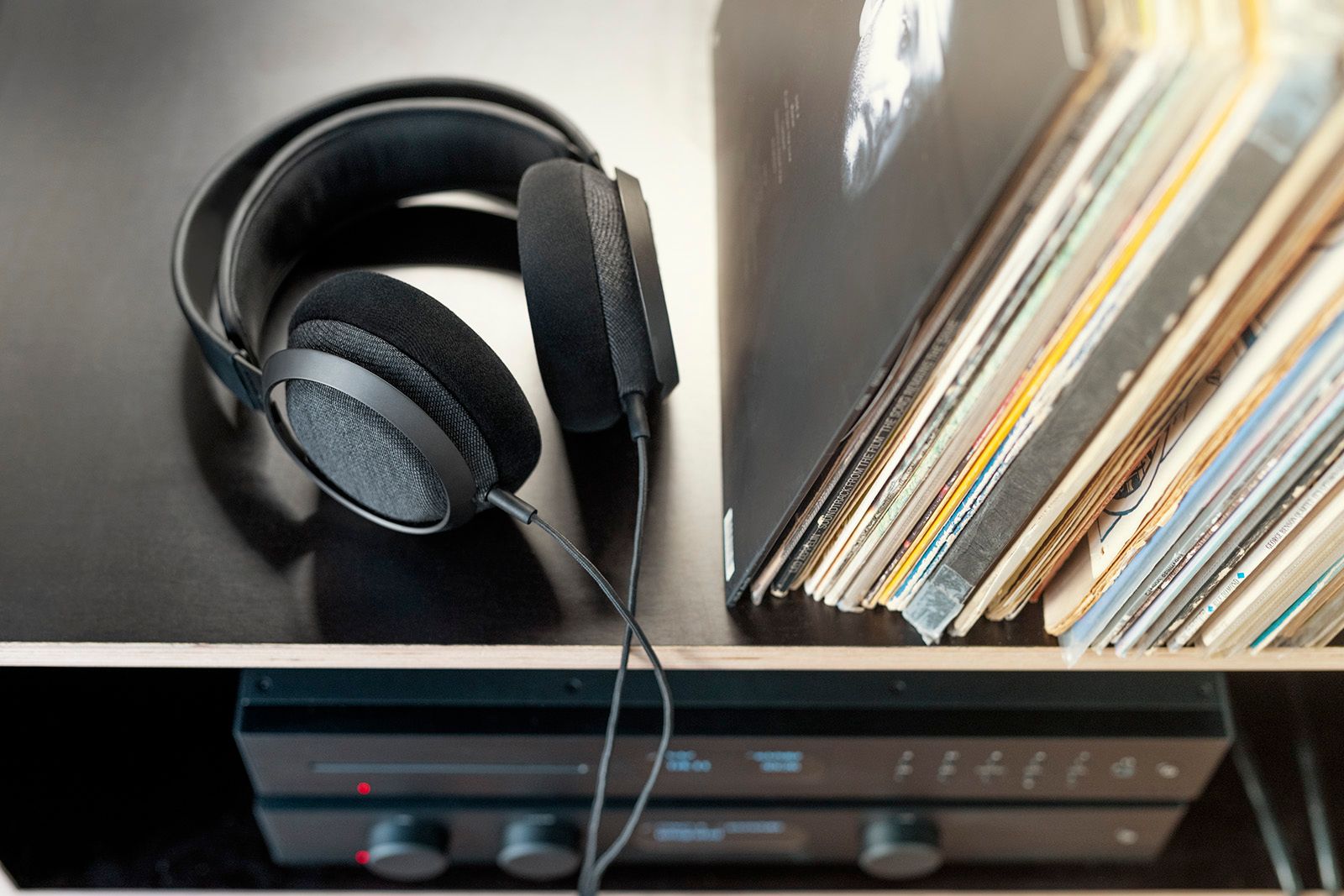The Philips Fidelio brand has always stood for audiophile performance and high-quality audio products, whether that be headphones or speaker systems.
Now, after a five-year absence, it's back and rapidly gaining momentum.
Having relaunched the audiophile brand in 2020, with the Philips Fidelio X3 open-backed headphones, Philips TV & Sound - under the stewardship of brand owner TP Vision - has introduced the L3 wireless active noise-cancelling over-ears, and the B95 and B97 soundbars.
The new products are clearly different in purpose, offering listening experiences in and outside the home, but they importantly share key styling and attention to detail that has made Fidelio so respected over the years.
"The building blocks of Fidelio always start with the performance - of the sound playback, whether it's speakers or headphones. But also, the holistic approach to the design is that the performance is matched with how it looks in the shape and use of materials. The design and performance go very much hand in hand," explained chief design officer for Philps TV & Sound, Rod White.
Interviewed for the Pocket-lint Podcast episode 108, White gave us some insights on what makes a Fidelio product so special. It effectively has to look and feel as good as it sounds.
"Although it's about how your ears perceive the quality, they are very tactile products - whether they're headphones on the head or in the ear, or whether it's a stereo speaker system that you want to touch when you unpack it, and then you're proud of it, you show your friends, then it's very much a tactile experience."
Part of that comes from the materials used in construction. The design team at Philips find and work with numerous, experienced partners, such as Kvadrat for fabrics and Muirhead for leather, in order to create a truly premium product that triggers all senses. They also help modernise the traditional Fidelio style, while keeping true to its roots.
"We are building on what was there before, but the use of materials that you start to see coming in are evolving that story, pushing it forward," added White.
"In the past, there was quite a rugged use of leather with heavy stitching. We've kind of toned that down, basically reflecting where trends are for today and moving forward. No unnecessary detailing is one of our four principles of European design at Philips. We want to communicate real materials, beautiful to touch, beautiful to look at, but no extra decoration when it's not needed."
The Philips Fidelio L3 headphones are proof positive of that. Compare them with other wireless ANC headphones on the market, which are often made mostly from plastics, and you can see how material choice can elevate them to a premium level, even before you put them on.
Of course, they also have to sound good.
That's where Benoit Burette and his team come in. The head of sound strategy at Philips TV & Sound is responsible for the audio performance of the Fidelio range - no mean feat considering the heritage. Part of that included deciding on the brand's overall sound signature.
"I think the sound signature came up pretty early as we as we kicked off our Fidelio range," he told us for the Pocket-lint Podcast episode 111.
"The way we define this sound signature for us, we're basically trying to be transparent, to be balanced. But, maybe where there's a little twist is what we want to call a 'warm sound'."
The Fidelio signature is more generous in the lower mid-range, added during the tuning phase. As Beniot explained, this gives a more natural sound to vocals or dialogue: "I've always felt it adds a certain presence to the voice, a certain charisma - it's really something that I feel makes it more natural."
This signature will run through other Philips Fidelio products but was shaped first for the Fidelio X3 over-ear headphones. Not only were they the first product released after the brand reboot, but they were also designed to set the standard.
"We started with headphones. And, with headphones, what is nice is there's a good part of the listening experience that is defined by the frequency response measurement," he added.
"So, the measured response of the headphone is something we can then translate into a certain sound signature curve. This was defined subjectively and then translated into a measurement and a target curve. Now we're looking into how to apply this into any home audio product - to soundbars, wireless speakers, Bluetooth speakers, these kinds of things."
Clearly, these are early days once more for a reinvigorated, renewed Fidelio, but in the hands of TP Vision and its Philips TV & Sound division, it's one that is very much heading in the right direction.

